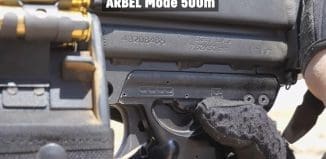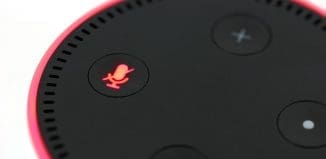Targeting Pods – the Operational Need Grows
This post is also available in:  עברית (Hebrew)
עברית (Hebrew)
By Arie Egozi
Until 20 years ago, targeting pods on fighter aircraft were considered as the privilege of air forces serving in countries with extensive defense budgets.
Well, not anymore. These systems are now a baseline in almost any fleet of fighter aircraft that is really preparing for combat and not only for parades.
The demand stems mainly from the need of air forces to operate in what is referred to as Asymmetric Warfare or in plain words – actions against terrorists.
Recent surveys point to an operational need for different versions of targeting pods that can be carried by a variety of aircraft and unmanned systems.
Now, these systems have become crucial to every combat mission and with the increase in importance, the demand has soared and so has the competition between the main manufacturers.
The Israeli air force was one of the first to use targeting pods. First, these were the ones that were supplied with the American-made fighter aircraft that Israel purchased, but at some point, the locally-made ones proved their superiority. In a parallel process, foreign air forces discovered the capabilities of the Rafael Litening targeting pod and sales increased.
The new technologies, combined with the operational experience of the Israeli air force, resulted in the contiguous upgrade of the Rafael system.
Following some upgrades to the existing versions, Rafael offered the market its Litening 5 targeting pod, the latest version.
The new version has a large aperture color CCD sensor that will enable to detect targets at very long ranges. The IR sensor is also an improved type.
According to Rafael, the new version is not only a targeting pod but it has actually become an intelligence, surveillance, target acquisition and reconnaissance (ISTAR) system.
Rafael has not changed the pod’s dimensions and form to make it easy to deploy it on different types of aircraft. The system is now carried on 27 different aircraft.
The miniaturization of some of the components has left two empty spaces in the pod and that allows each customer to use it for dedicated, in many cases classified features.





























